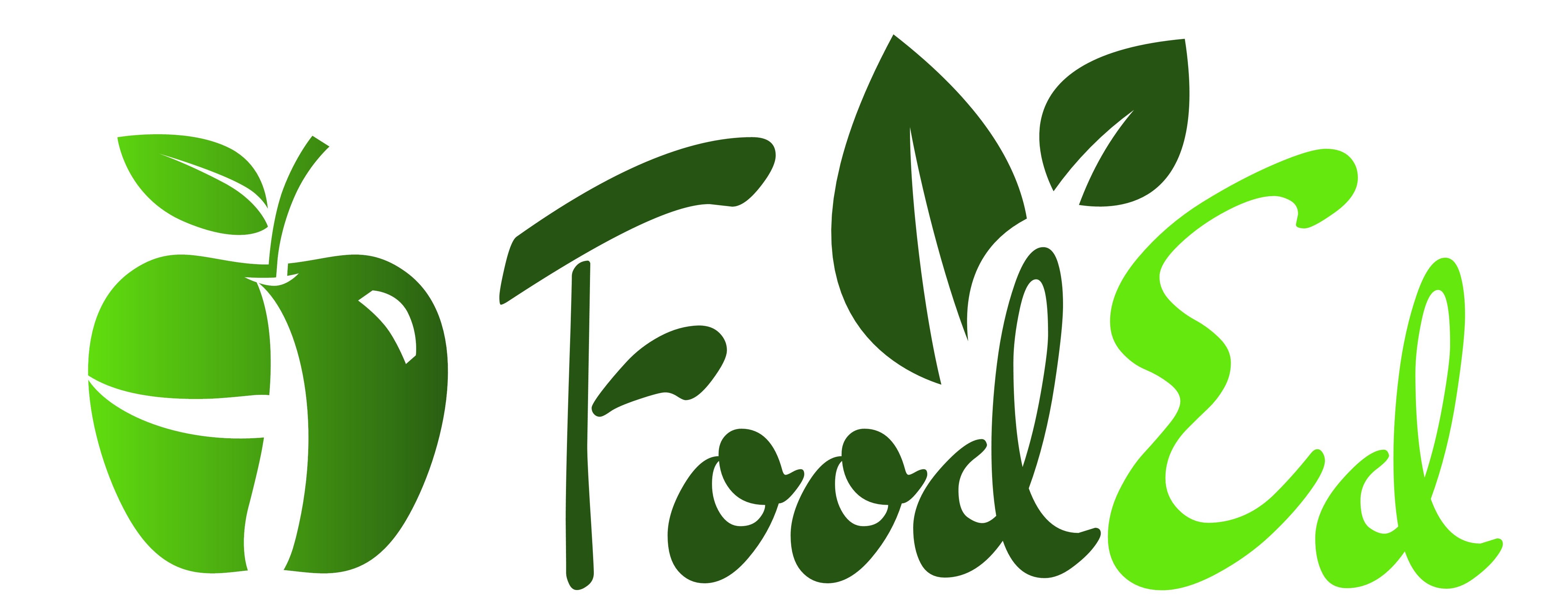
Dairy is often promoted as a good source of calcium. However, dairy is a complex mixture of ingredients of which some promote calcium retention like magnesium and potassium, and some promote calcium excretion like sodium and proteins. Dairy contains high amounts of sodium and proteins and is low in magnesium. The amount of calcium needed to balance this loss is hard to know.
 Getting enough calcium not only depends on nutrition, but also on how active you are, if you smoke and the strength of your bones. There is no universal calcium requirement, only a requirement linked to the intake of other nutrients. In countries where they don’t drink cow’s milk, they maintain their calcium balance perfectly well on the less than half of the recommended intake for Western countries. A reason for this is that their diets help retain calcium better, they get less protein from meat and dairy, and less sodium from processed foods.
Getting enough calcium not only depends on nutrition, but also on how active you are, if you smoke and the strength of your bones. There is no universal calcium requirement, only a requirement linked to the intake of other nutrients. In countries where they don’t drink cow’s milk, they maintain their calcium balance perfectly well on the less than half of the recommended intake for Western countries. A reason for this is that their diets help retain calcium better, they get less protein from meat and dairy, and less sodium from processed foods.
Lactose is the name for the sugar in milk. 3 out of 4 people develop an intolerance for this sugar with adulthood, with people from Northern European countries being the main exception.
Dairy foods are not an essential nutritional requirement. Every food plant contains small amounts of calcium, but these add up. Broccoli, dark green leafy vegetables, sweet potatoes, oranges, nuts and seeds are examples of foods with relative high amounts of calcium and calcium retaining minerals. People with a greater proportion of foods from plant sources may do just as well, or better, with less calcium in their diets from any source.




